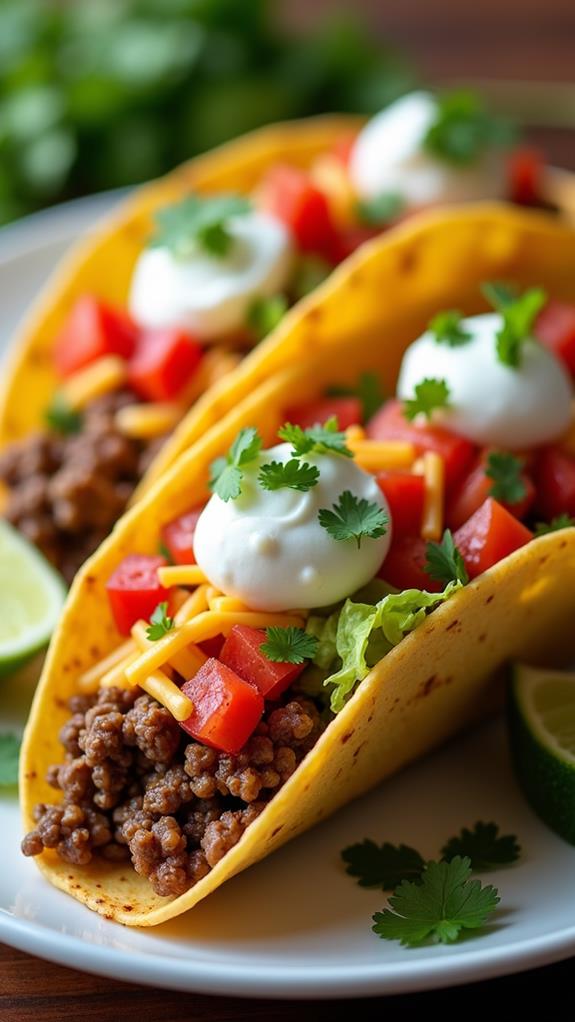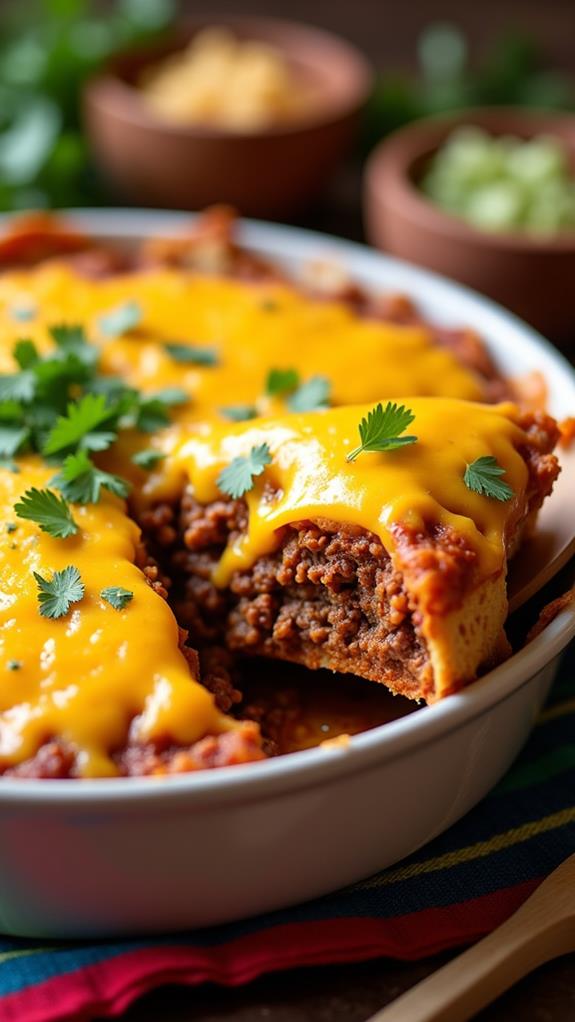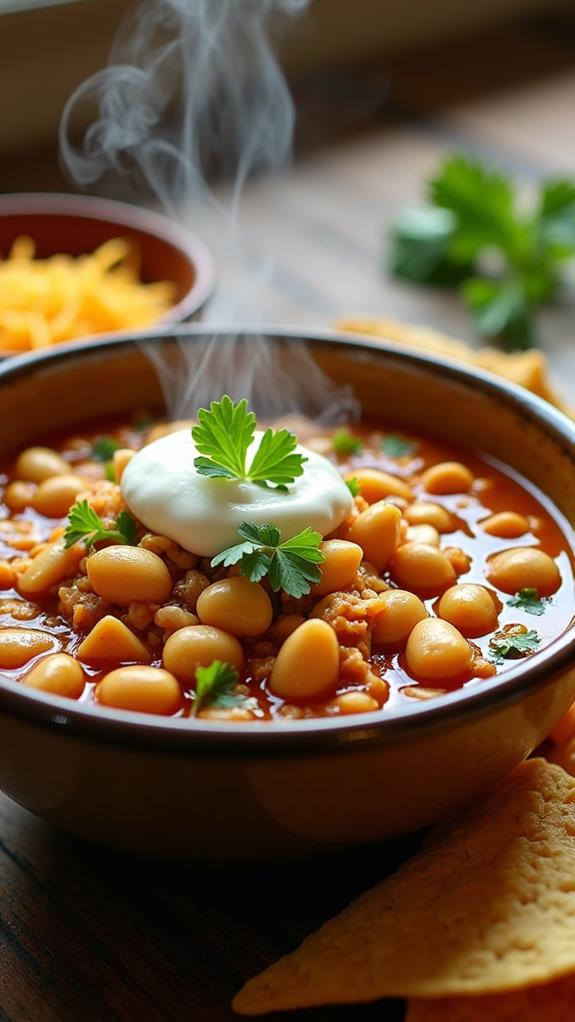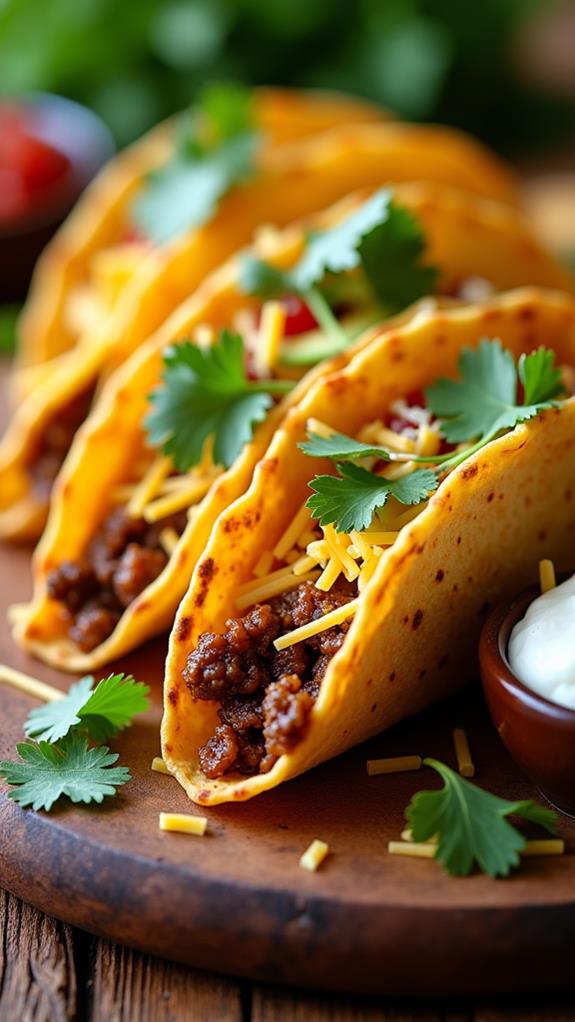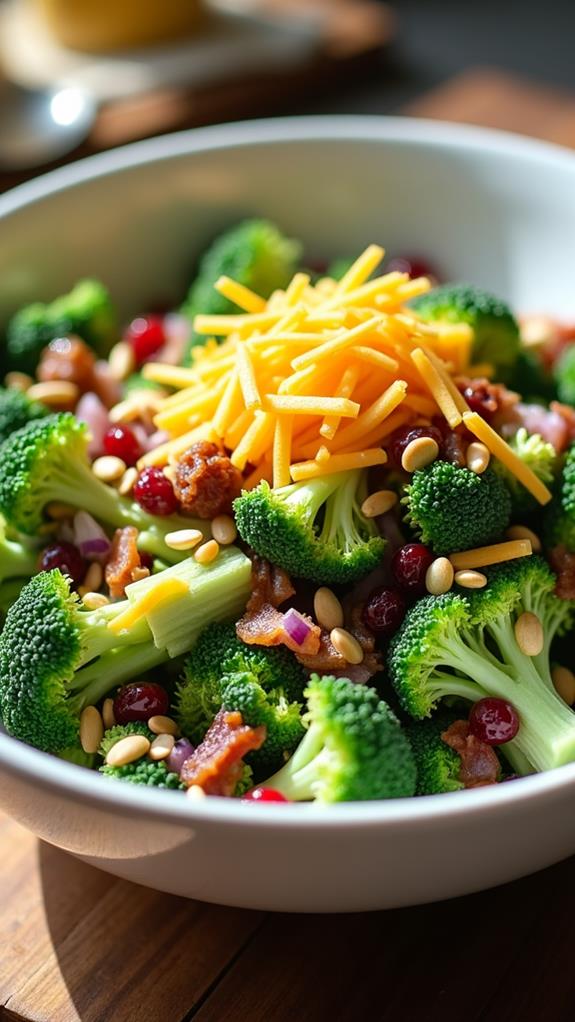Corned Beef And Cabbage Recipe
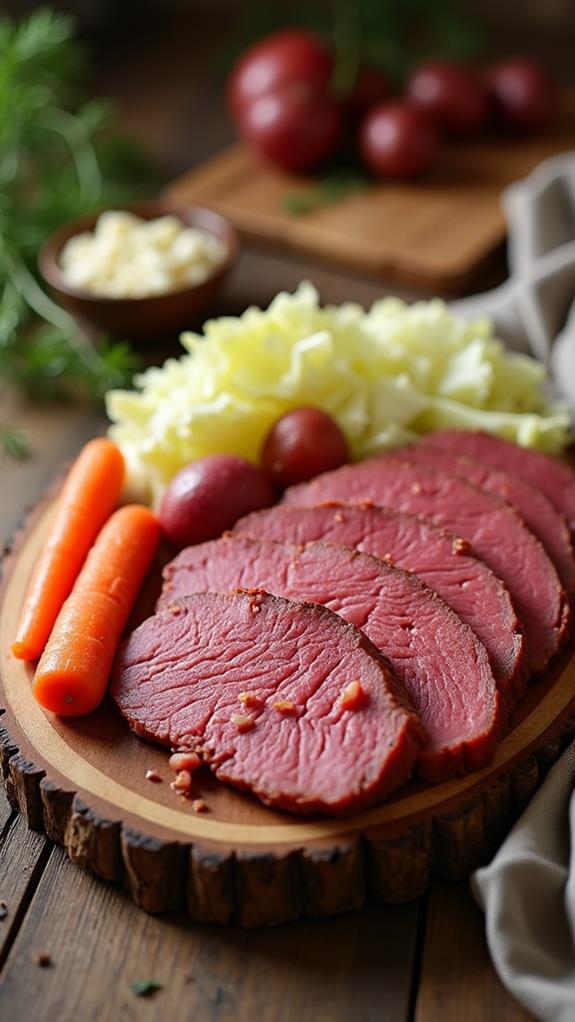
When March rolls around, there’s nothing quite like the comfort and tradition of a perfectly cooked Corned Beef and Cabbage dinner. This hearty, soul-warming dish brings families together and fills your home with the most incredible aromas.
Whether you’re celebrating St. Patrick’s Day or simply craving a satisfying meal that feeds a crowd, this recipe delivers tender, flavorful corned beef alongside perfectly cooked vegetables. Let me guide you through creating this classic dish that’s been warming hearts for generations.
What is “Corned Beef and Cabbage”?
Corned Beef and Cabbage is a traditional Irish-American dish featuring salt-cured beef brisket slow-cooked until fork-tender, served alongside cabbage, potatoes, and carrots. The “corned” in corned beef refers to the large grains of rock salt (called “corns”) used in the curing process.
This one-pot wonder transforms tough beef brisket into melt-in-your-mouth perfection through slow, gentle cooking. The vegetables absorb the rich, savory flavors from the beef, creating a complete meal that’s both nutritious and deeply satisfying.
Ingredients List for Corned Beef and Cabbage
- 3-4 pound corned beef brisket with spice packet
- 1 large head green cabbage, cut into wedges
- 2 pounds small red potatoes, halved
- 1 pound carrots, peeled and cut into 3-inch pieces
- 1 large yellow onion, quartered
- 4 cloves garlic, peeled and smashed
- 2 bay leaves
- 1 teaspoon whole black peppercorns
- 1 teaspoon mustard seeds
- 8-10 cups water (enough to cover the beef)
- 2 tablespoons butter
- Salt and pepper to taste
- Fresh parsley for garnish
How to Cook Corned Beef and Cabbage: A Step-by-Step Guide
Creating the perfect Corned Beef and Cabbage requires patience and proper technique. Here’s my detailed guide to ensure your dish turns out beautifully every time:
1. Prepare the Corned Beef:
- Remove the corned beef from its packaging and rinse thoroughly under cold water to remove excess salt.
- Pat the meat dry with paper towels and examine the spice packet that comes with it.
- Place the corned beef fat-side up in a large Dutch oven or heavy-bottomed pot.
2. Start the Cooking Process:
- Add enough water to cover the beef by about 2 inches.
- Sprinkle in the contents of the spice packet, along with bay leaves, peppercorns, and mustard seeds.
- Add the smashed garlic cloves and quartered onion to the pot.
- Bring the water to a boil over high heat, then immediately reduce to a gentle simmer.
3. Slow Cook the Beef:
- Cover the pot and simmer gently for 2.5 to 3 hours, or until the beef is fork-tender.
- Check occasionally and add more hot water if needed to keep the beef covered.
- The beef is done when you can easily pierce it with a fork and the meat starts to fall apart.
4. Add the Vegetables:
- About 45 minutes before the beef is finished, add the halved potatoes and carrot pieces.
- Cook for 30 minutes, then add the cabbage wedges on top.
- Continue cooking for another 15-20 minutes until all vegetables are tender but not mushy.
5. Rest and Slice:
- Remove the corned beef carefully and let it rest on a cutting board for 10 minutes.
- This resting period allows the juices to redistribute throughout the meat.
- Slice against the grain in 1/4-inch thick slices for the most tender results.
6. Finish and Serve:
- Remove vegetables from the cooking liquid with a slotted spoon.
- Arrange the sliced beef and vegetables on a large platter.
- Dot the vegetables with butter and season with salt and pepper.
- Garnish with fresh chopped parsley for color and freshness.
Substitutions and Variations
Want to customize your Corned Beef and Cabbage? Here are some delicious variations and substitutions you can try:
- Beef Cut: If corned beef brisket isn’t available, you can use corned beef round, though it may be slightly less tender.
- Vegetables: Add turnips, parsnips, or rutabaga for different flavors and textures.
- Cabbage Alternatives: Try savoy cabbage or Brussels sprouts for a different twist on the classic.
- Cooking Method: Use a slow cooker on low for 8 hours, adding vegetables in the last 2 hours.
- Beer Addition: Replace 2 cups of water with Irish stout or dark beer for extra flavor depth.
- Gluten-Free Option: This recipe is naturally gluten-free when using certified spice packets.
Common Mistakes to Avoid
Avoid these common pitfalls to ensure your Corned Beef and Cabbage turns out perfectly:
- Cooking Too Fast: High heat will make the meat tough and stringy. Always maintain a gentle simmer.
- Not Rinsing the Beef: Failing to rinse removes excess salt that can make the dish too salty.
- Overcooking Vegetables: Add vegetables at the right time to prevent them from becoming mushy.
- Slicing with the Grain: Always slice against the grain for the most tender meat.
- Skipping the Rest Period: Let the meat rest before slicing to retain its juices.
How to Serve Corned Beef and Cabbage
Corned Beef and Cabbage is traditionally served family-style on a large platter, allowing everyone to help themselves. Accompany the meal with crusty Irish soda bread or dinner rolls to soak up the delicious cooking juices.
A dollop of horseradish cream sauce or whole grain mustard on the side provides a perfect sharp contrast to the rich, savory flavors. For beverages, consider serving with Irish beer, sparkling water with lemon, or a robust red wine.
Presentation Ideas for Corned Beef and Cabbage
Make your Corned Beef and Cabbage as beautiful as it is delicious with these presentation tips:
- Colorful Arrangement: Alternate slices of beef with different colored vegetables for visual appeal.
- Fresh Herb Garnish: Sprinkle chopped fresh parsley, chives, or dill over the entire platter.
- Sauce Drizzle: Lightly drizzle some of the cooking liquid over the meat to keep it moist and add shine.
- Rustic Serving: Use a large wooden cutting board or cast iron platter for an authentic, rustic look.
Corned Beef and Cabbage Recipe Tips
Here are my best tips for making exceptional Corned Beef and Cabbage:
- Quality Matters: Choose a well-marbled corned beef brisket for the most flavor and tenderness.
- Temperature Control: Use a meat thermometer to ensure the internal temperature reaches 160°F.
- Save the Liquid: Reserve some cooking liquid to reheat leftovers and prevent them from drying out.
- Timing is Key: Start cooking early in the day as this dish takes several hours to reach perfection.
- Sharp Knife: Use a very sharp carving knife to get clean, even slices through the meat.
How to Store Corned Beef and Cabbage
Allow the corned beef and vegetables to cool completely before storing (within 2 hours of cooking). Store the meat and vegetables separately in airtight containers in the refrigerator for up to 4 days.
Save some of the cooking liquid in a separate container to use for reheating. The corned beef can also be frozen for up to 3 months, though the vegetables are best enjoyed fresh and don’t freeze well.
Frequently Asked Questions (FAQs)
Q: How long does it take to cook corned beef?
A: Plan for about 1 hour per pound of meat. A 3-4 pound brisket typically takes 3-4 hours to become properly tender.
Q: Can I cook this in a slow cooker?
A: Yes! Cook on low for 8 hours, adding vegetables during the last 2 hours of cooking time.
Q: Why is my corned beef tough?
A: The meat likely needs more cooking time. Corned beef requires long, slow cooking to break down the tough fibers.
Q: Can I make this ahead of time?
A: Absolutely! The flavors actually improve overnight. Reheat gently in the cooking liquid to prevent drying out.
Q: What’s the best way to reheat leftovers?
A: Gently reheat sliced meat in a covered pan with a little reserved cooking liquid. Reheat vegetables separately to prevent overcooking.
Q: Is corned beef and cabbage actually Irish?
A: While popular in Irish-American culture, this specific combination became popular among Irish immigrants in America who substituted corned beef for traditional bacon.
Conclusion
Corned Beef and Cabbage represents the perfect marriage of simplicity and comfort. This time-honored recipe transforms humble ingredients into a feast that brings people together around the table. The key to success lies in patience – allowing the beef to slowly transform into tender, flavorful perfection while the vegetables absorb all those wonderful savory notes.
Whether you’re honoring Irish heritage, celebrating St. Patrick’s Day, or simply creating a memorable family dinner, this recipe delivers every time. The beauty of this dish lies not just in its incredible flavors, but in its ability to feed a crowd and create lasting memories. Take your time, follow the steps carefully, and enjoy the process of creating this classic comfort food. Your family and friends will thank you for bringing this traditional favorite to your table!

